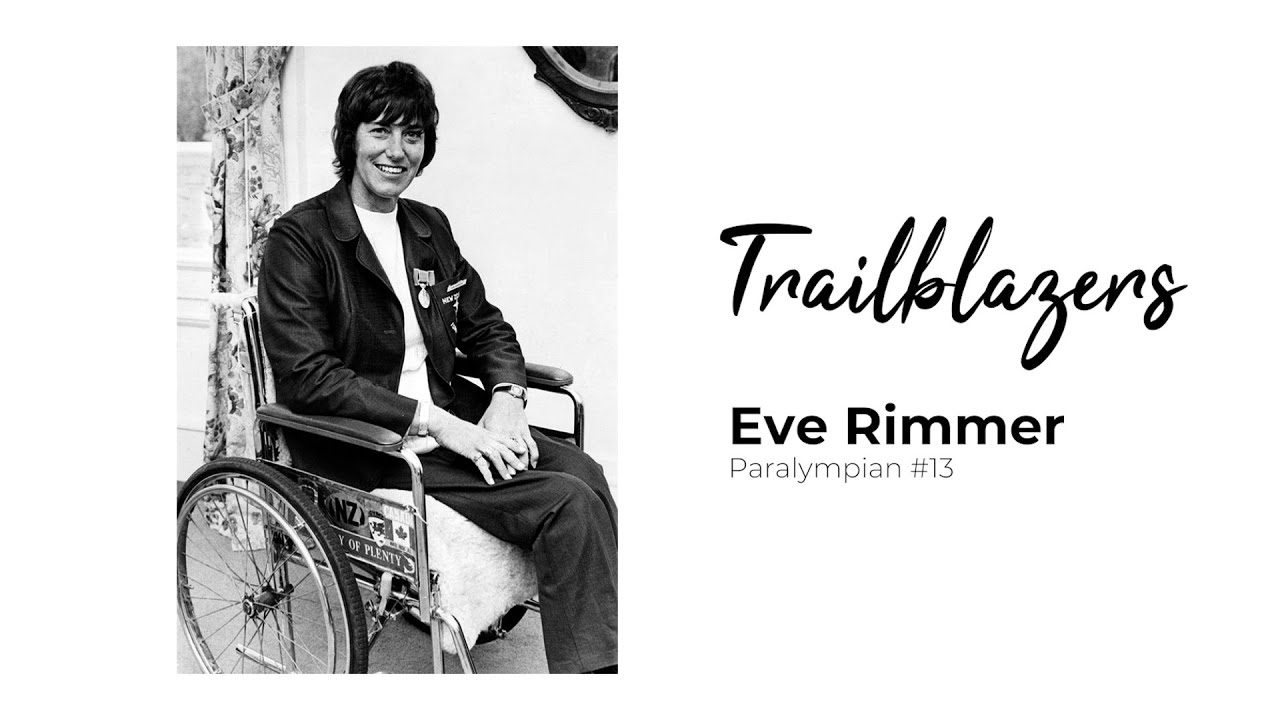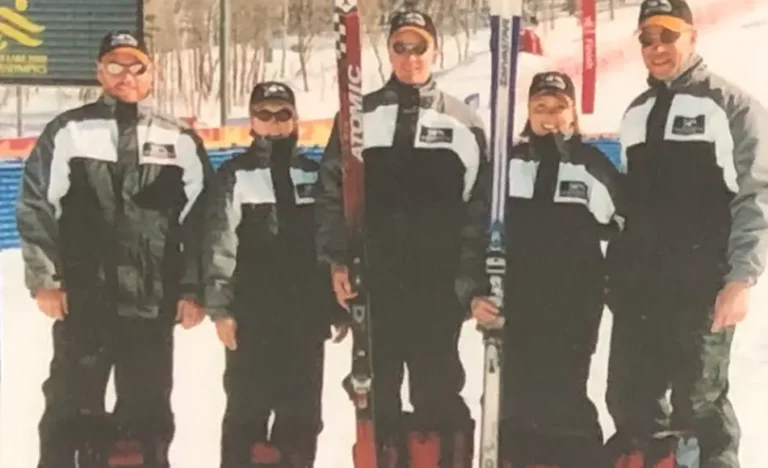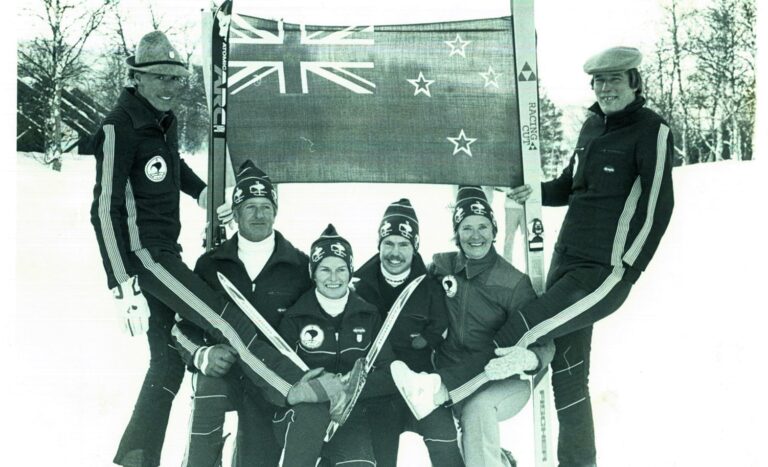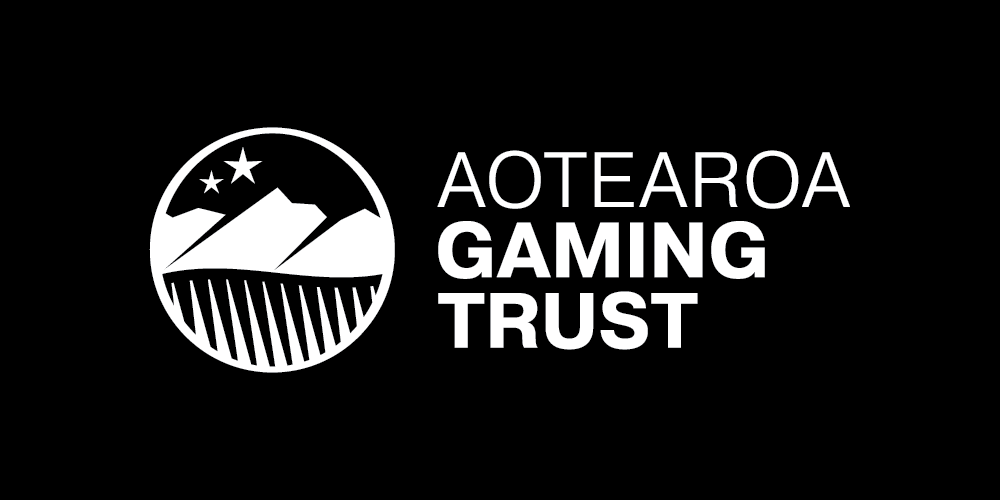If you wanted to create a perfect figurehead for Paralympic sport here in Aotearoa New Zealand, then Paralympian #13 Eve Rimmer BEM fitted the bill in every regard.
A gifted and versatile athlete, Eve made history as the first ever Kiwi to win a Paralympic Games gold medal achieving the feat at Tel Aviv 1968. Enjoying a stellar career which spanned four Paralympic Games, Eve snared 14 medals across three sports which included a stunning haul of eight gold medals.
Yet her sporting exploits told only half the story. Charismatic and articulate she became hugely sought after on the after-dinner speaking circuit where she developed into a passionate disability rights advocate. Helping usher in a greater period of acceptance for the disabled and Para sport her legacy is assured. At the height of her fame, Eve’s successes at the Heidelberg 1972 Paralympic Games earned her second spot at the Halberg Awards behind the gold-medal winning New Zealand men’s eight crew at the Munich Olympics.
Veteran sports journalist Phil Gifford first met Eve Rimmer on the after dinner speaking circuit in the late 1970s and was blown away for the magnetic personality of Paralympian #13.
“Eve had a vibrancy, energy and positivity, everything about her was impressive,” explains Phil. “She was as good a speaker as I’ve heard and I feel grateful to have met her. She had a warmth and naturalness to her that few can match. Having worked in sports journalism for 60 years I’ve never met anyone that has impressed me as much as Eve Rimmer.”
Born Eva Davies in Whanganui in 1937 she was raised one of four siblings in Edgecumbe in the Bay of Plenty. Rangy and athletic she showed promise in several sports including athletics, catching the eye as a champion sprinter and as the school long jump record-holder.
However, shortly after leaving school at the age of 15 she picked up a serious spinal injury in a car crash. On the way to a dance with three friends the car she was travelling in skidded and rolled near a bridge over the Whakatane River. Pinned on her back underneath the car she sustained a multiple fracture dislocations to several vertebrae, crushing her spinal cord.
Paralysed from the waist down she was transferred to Cook Hospital in Gisborne for 13 months of rehabilitation. Doggedly refusing to accept she would never walk again after returning home she refused to go in a wheelchair, preferring to move in callipers and on crutches.
Finding the adjustment tough she did, however, remain fiercely independent. Later able to drive a specially adjusted hand-controlled car she also pursued her passion for music. An accomplished pianist she could also play the banjo and ukelele and was the heartbeat at social settings.
Meeting radio technician Kel Rimmer through their mutual passion for ham radio the pair married in 1959 and had two daughters – Julie and Wendy. Life back then with a disability was far from easy, which became even more challenging after Kel contracted polio in the early 1960s.
Eve’s youngest daughter, Wendy Gibb, 62, said: “For many years I remember mum struggling around on callipers and crutches because she refused to sit in a wheelchair. She was a very tall woman – close to 6ft – and I have memories of her balanced against the kitchen bench and on her bottom vacuuming around the house”
Living in a period with little support or understanding for the disabled, a challenging period of her life bringing up two young children was made tougher following Kel’s polio diagnosis.
With now very little strength in his arms, Eve’s elder daughter Julie Quilty, 64, says: “Mum used to joke that from the stomach up she was the strong one and from the stomach down dad was!”
Yet as both Eve and Kel were natural “problem solvers” few challenges were not overcome.
“My father was very clever at designing things and coming up with great ideas for mum like hanging out the washing,” she explains. “He designed a clothes line with two bicycle wheels one near the house and and the other at the back of the section with a wire string around it. Mum would sit with the washing basket and peg the clothes on the line and move the wheel along and out went the washing. Mum and dad always came up with solutions.”
Described by both Wendy and Julie as a “fun mum” with a strong and determined personality, she always made sure her daughter’s could be supported.
However, it was on family holidays to Lake Rotoma where Eve first showed glimpses of her sporting prowess to her daughters.
“She was an amazing swimmer in the lake and I remember my uncle had a two-person canoe which she would paddle, showing great upper body strength,” explains Julie. “She enjoyed the freedom of doing activities at the lake.”
It was only after reading a story in the Rotorua Daily Post about the rising Para sport movement and a call to form a local sports club from Paralympian #14 Jim Savage did Eve – aged then in her late 20s – engage with Para sport for the first time.
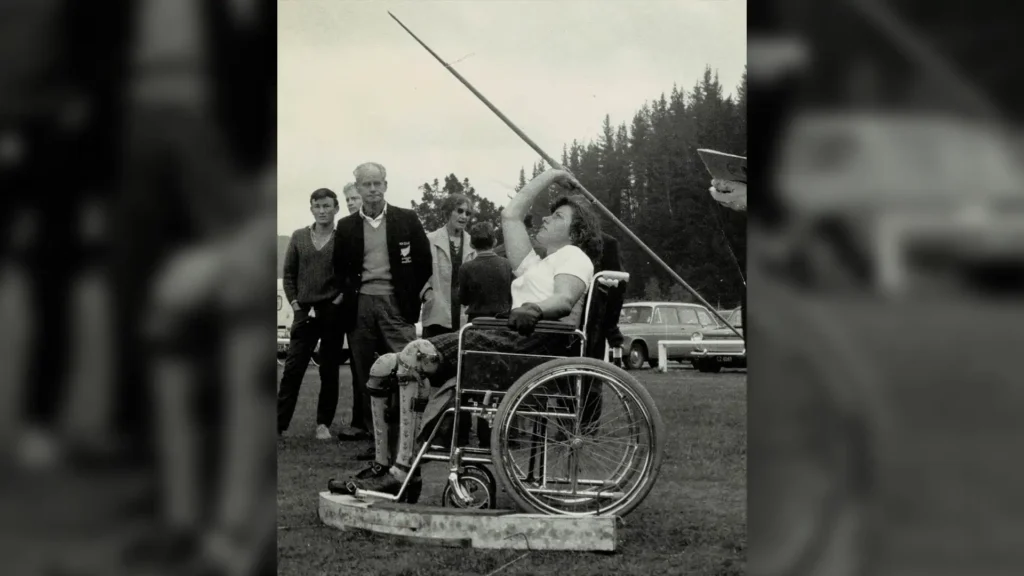
Possessing good upper body strength she gravitated towards shot, discus and javelin and in order to train and compete she accepted the need for the first time to sit in a wheelchair.
She was advised to connect with a local coach, Ray Gurren, which as Julie recalls led to an interesting initial conversation.
“Ray was a wonderful guy but the first time mum approached him he said, ‘I don’t know anything about disabled sport before mum replied, ‘well, that’s good because I don’t either.’ Thankfully Ray started coaching mum, and the rest is history.”
Training at a local park in Edgecumbe, Eve took to the task with relish. Julie recalls how she and Wendy were often roped in to retrieving the shot, discus and javelin during training sessions and occasionally were asked to measure distances.
“Those missiles were dangerous, so it taught us to be vigilant about what went on in the sports field,” explains Julie, smiling at the memory.
Eve made rapid progress. Impressing at the National Paraplegic Games in Auckland, and later that year she earned selection for the Tel Aviv 1968 Paralympic Games – the first time New Zealand had sent a Team to the event which first took place in Rome 1960.
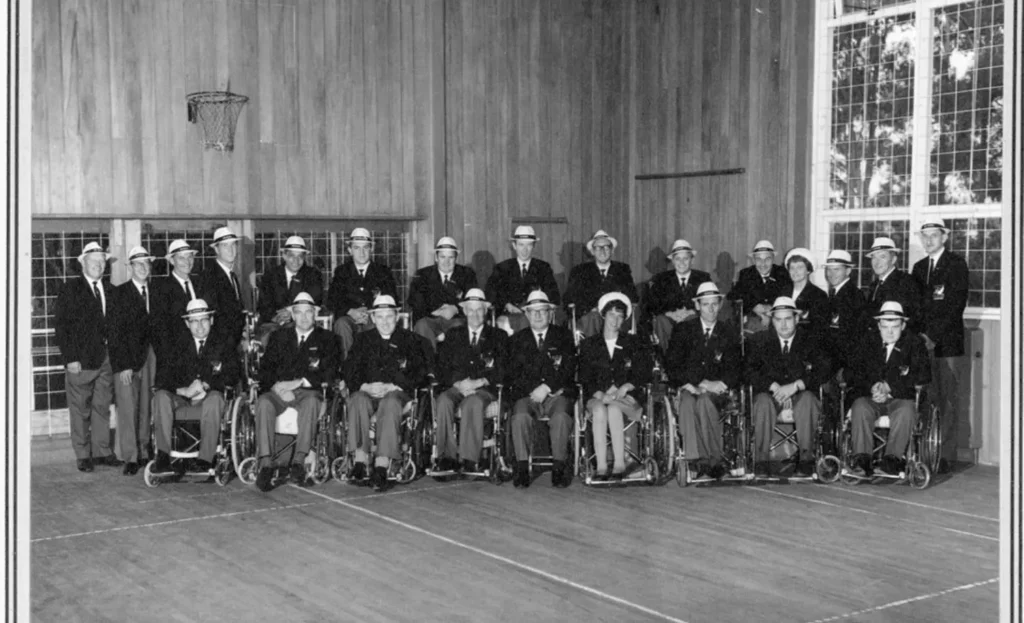
The sole woman on the 15-strong NZ Paralympic Team, Eve excelled. The only medallist on the Team she snared Women’s Javelin C gold, Women’s Shot Put C silver and Women’s Discus C bronze as well as Para swimming silver in the Women’s 50m Freestyle Class 4C.
As a tragic back story, her father died during her time in Tel Aviv, although management opted not to tell her until the competition was over.
With TV coverage back then non-existent of the Paralympic Games – both Wendy and Julie were only shared news of their mum’s success in Tel Aviv by telegram – a written message sent electronically via a telegram machine.
“We used to get a knock on the door with the message, which was often short because of the cost of sending each word,” said Wendy. “It might only say something simple like, ‘Won gold in javelin’.”
Julie and Wendy, who were aged eight and six at the time, recall a big media contingent awaited Eve’s return home at Auckland Airport and when back in Edgecumbe she was greeted by a traditional Māori welcome followed by a large reception.
“That was the first time we realised she was no ordinary mum,” explains Wendy.
Julie recalls her excitement at mum arriving home with a suitcase full of gifts for her daughters.
“Edgecumbe was a very small place and very few people back then would travel,” she says. “The fact she had gone so far away and returned with all these amazing treasures was incredible.”
As the daughters grew in age, Eve’s success continued. At the Heidelberg 1972 Paralympic Games she starred by winning gold medals in Women’s Pentathlon 3 and Shot Put 3 and silver medals in the Women’s Javelin 3 and Women’s Discus 3. The next year she was awarded a British Empire Medal (BEM).
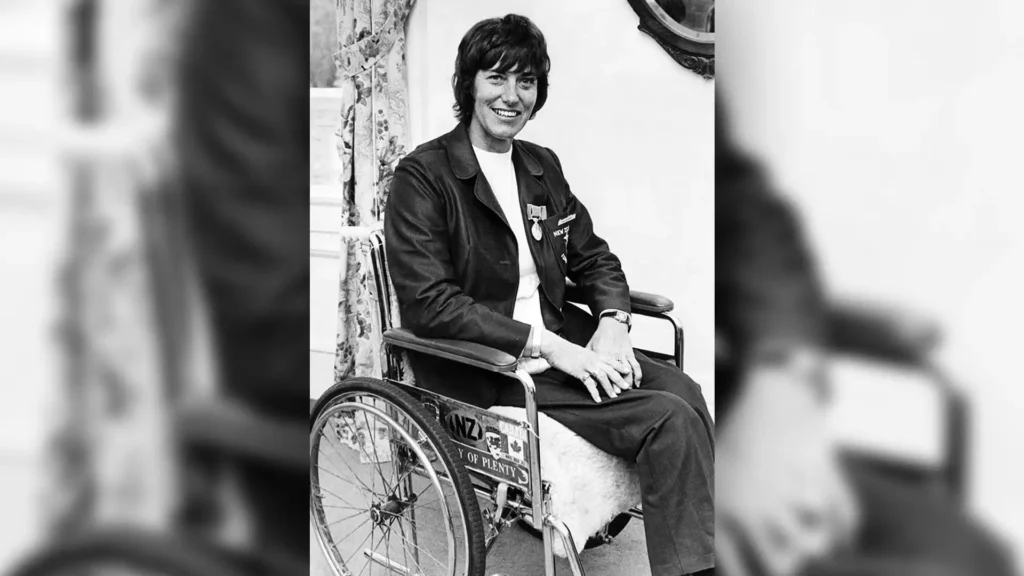
The Toronto 1976 Paralympic Games proved the most successful of her medal-laden career as she plundered a quartet of gold medals in winning the Women’s Pentathlon 3, Discus 3, Shot Put 3 and Javelin 3 competitions.
In her final competition before retirement, Eve, aged 43, signed off her stunning career by winning an eighth Paralympic gold medal with victory in the Women’s Shot Put 3. She also showed eye-catching versatility by winning a Para archery silver medal in the Woman’s Advanced Metric Round P.
Setting multiple world records throughout her career, she also banked further medals competing at two Commonwealth Paraplegic Games, the Stoke Mandeville Games and the Far East and South Pacific Games for the Disabled.
As her career progressed, she became in-demand as a public speaker, and it was here she also used every opportunity to become an advocate for the disabled in Aotearoa New Zealand.
“She worked tirelessly to try to make people aware of the difficulties of accessibility for the disabled,” said Wendy. “Back then there were very few ramps up into doorways and lifts in buildings. If mum wanted to go to the movies, she had to be carried upstairs. Accessibility was a big issue at the time.”
Whether it was on speaking tours, appearances at Rotary clubs or through media interviews, Eve did so much in helping shift the needle in Aotearoa New Zealand for greater acceptance and understanding of disability.
“Eve didn’t want sympathy, but she wanted an understanding of the difficulties disabled people faced,” explains Phil Gifford. “Back then having proper access to a building for people in a wheelchair was virtually unheard of.”
Post retirement she continued her work as an ardent advocate for disability rights. She served as a national councillor on the New Zealand Paraplegic and Physically Disabled Federation, and alongside Jim Savage, set up several sporting clubs around the central North Island. She was also the driving force behind the Games for the Disabled in Whakatane – which was later re-named the Eve Rimmer Games.
In 1990 she became the first Para athlete to be inducted into the New Zealand Sports Hall of Fame.
Passing away from cancer at the age of 59 in 1996, Eve died too young but her legacy lives on almost 30 years after her death.
Both Wendy and Julie believe Eve would be proud of how the Paralympic Movement has flourished. Evolving into the third biggest sporting event on the planet, the Paralympic Games has grown into a huge global festival of sport and today embraces Paralympians with a wide range of disabilities.
“Back then mum had no role models, but she showed others how it should be done, adds Julie. “She would be blown away by the Paralympic Movement today.”
Both Wendy and Julie look back with immense pride on what their mother achieved but both agree it was her resilience and resolve which stands her apart.
“She faced many challenges after leaving hospital with very little support,” adds Wendy. “But because of her determination and positive attitude she led a normal life. She met a man, fell in love, married, had children and ran the household. She did all of this while training, attending events and winning medals both in New Zealand and overseas. Mum was disabled but showed she could do all these things.”
Julie singles out Eve’s desire to raise the profile of the disabled. “She tried to make life better for others with a disability by spending hours travelling around the country speaking often for little more than the price of a petrol voucher and night in a motel,” she adds Julie. “Mum always promoted the cause of those with a disability to better educate people.”
For Phil, however, no athlete has quite made the same seismic impact on Para sport and the Paralympic Games here in Aotearoa New Zealand as Eve Rimmer.
“When New Zealand started competing at the Paralympic Games it got very little attention,” he added. “But Eve was a key person in changing people’s perceptions. This was partly down to how fantastic she was as an athlete. There was nothing she couldn’t do. She was a Paralympic champion in shot, discus and javelin but also won Paralympic medals in swimming and archery. But then you overlay that with her personality, you could not help to be impressed.
“She showed you could lead an amazing and very full life from a wheelchair. Eve was celebrated as much as an able-bodied athlete. Without question she was a trailblazer.”

